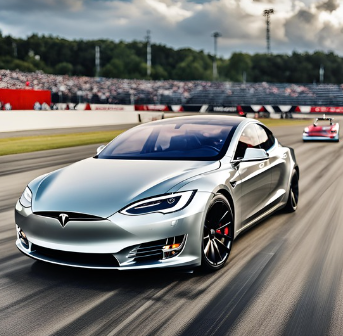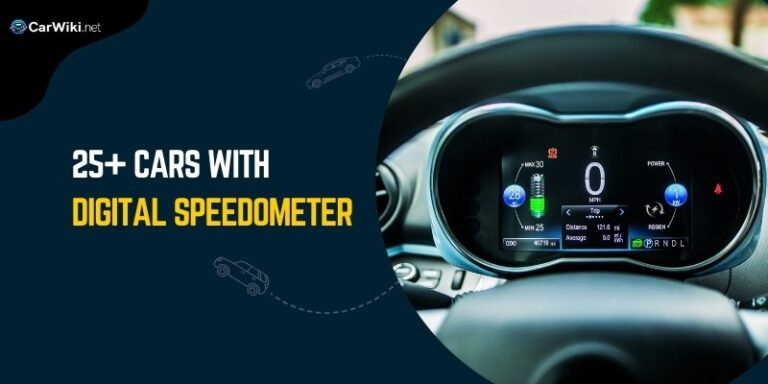The Thrill of Racing Electric Vehicles

Electric Vehicles (EVs) have revolutionized the automotive industry, offering a sustainable and high-performance alternative to traditional internal combustion engines. The world of motorsport is no exception. This comprehensive guide will delve into the advantages and disadvantages of racing electric vehicles, explore popular EV models, their price range, and discuss potential modifications.
Advantages of Racing Electric Vehicles
1. Instant Torque and Acceleration
One of the most significant advantages of electric vehicles is the instant torque they provide. Unlike traditional combustion engines, electric motors deliver 100% of their torque instantly. This translates into rapid acceleration, a critical factor in racing.
For example, the Tesla Model S Plaid, one of the fastest production cars in the world, can accelerate from 0 to 60 mph in less than 2 seconds, thanks to its powerful electric motor. This instant acceleration gives EVs a significant advantage in drag racing, where the goal is to reach the highest speed in the shortest amount of time.
2. Lower Maintenance Costs
EVs have fewer moving parts compared to their gasoline counterparts. This results in lower maintenance costs, making them an economical choice for racing.
For instance, electric vehicles do not require oil changes, which are a regular expense for traditional cars. Additionally, EVs do not have exhaust systems, radiators, fuel injectors, or many other components that require regular maintenance in gasoline cars. This can save racers a significant amount of money over the course of a racing season.
3. Sustainability
Electric vehicles produce zero tailpipe emissions. This makes them a more environmentally friendly option for racing, aligning with the growing emphasis on sustainability in motorsports.
For example, the Formula E racing series, which features exclusively electric vehicles, has gained popularity in recent years. The series showcases the potential of sustainable racing without compromising on speed or excitement.
Disadvantages of Racing Electric Vehicles
1. Limited Range
While EV technology is rapidly advancing, range remains a challenge. In a racing context, this means more frequent pit stops for charging, which can impact race strategy.
For example, in endurance racing, where the goal is to cover the most distance in a set amount of time, having to stop for charging can be a significant disadvantage. However, advancements in battery technology and fast-charging solutions are helping to mitigate this issue.
2. Battery Performance
High-performance driving can put a strain on the battery, potentially leading to overheating. This can impact performance and requires careful management.
For instance, during a race, the high currents drawn by the motor can cause the battery to heat up. If the battery gets too hot, it can degrade the battery’s performance and lifespan. Therefore, many racing EVs are equipped with advanced cooling systems to keep the battery at an optimal temperature.
3. Weight
Batteries are heavy, which can impact the handling and performance of an EV in a racing scenario.
For example, the battery pack in a Tesla Model S weighs over 1,200 pounds, significantly more than a traditional gasoline engine. This extra weight can affect the vehicle’s handling, especially in corners. However, because the battery is usually located low in the vehicle, it can also lower the vehicle’s center of gravity, which can improve handling.
Popular EV Models for Racing
Several EV models have gained popularity in the racing circuit. Here are a few:
- Hyundai Ioniq 6: Known for its strong performance and long driving range. The Ioniq 6 features a sleek, aerodynamic design and advanced features like regenerative braking and a highly efficient heat pump system.
- BMW i4: Offers a variety of power options and a quiet, comfortable cabin. The i4’s powerful electric motor provides rapid acceleration, while its sophisticated suspension system ensures a smooth, responsive ride.
- Tesla Model 3: Changed the rules of the EV game with its impressive range and updates. The Model 3’s performance version features a dual-motor setup that provides rapid acceleration and excellent handling, making it a popular choice for EV racing.
Price Range of Electric Vehicles
The price of electric vehicles can vary dramatically, from less than $30,000 to well over $100,000. For example, the Nissan Leaf, one of the most affordable EVs on the market, starts at an MSRP of just over $28,000. On the other end of the spectrum, high-performance EVs like the Porsche Taycan or the Lucid Air can cost well over $100,000.
Modifications for Electric Vehicles
While modifying an EV can be challenging, it’s not impossible. Here are a few modifications that can be made:
- Software Tuning: Adjusting the software that controls the vehicle’s powertrain can improve performance. For example, some Tesla owners have been able to unlock additional performance from their vehicles through software tuning.
- Battery Upgrades: A larger battery can increase the range of the car. Some EV owners have upgraded their vehicles with larger battery packs to achieve longer range.
- Suspension Upgrades: Installing higher-quality suspension components can improve handling and ride comfort. For example, coilover suspension systems can provide adjustable ride height and damping, allowing drivers to fine-tune their vehicle’s handling to their liking.
- Aesthetic Modifications: Body kits, wraps, or custom paint jobs can change the appearance of the vehicle. For example, a carbon fiber body kit can reduce weight and improve aerodynamics, while a custom wrap or paint job can give the vehicle a unique look.
In conclusion, while there are challenges to racing electric vehicles, the benefits they offer make them an exciting prospect for the future of motorsport. With advancements in technology and a growing focus on sustainability, it’s clear that electric vehicles are here to stay in the racing world. Happy racing! 🏁
